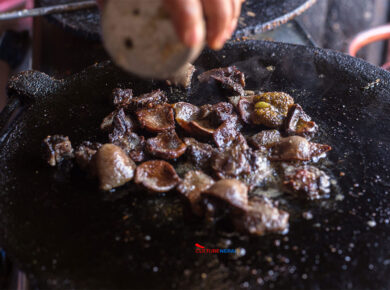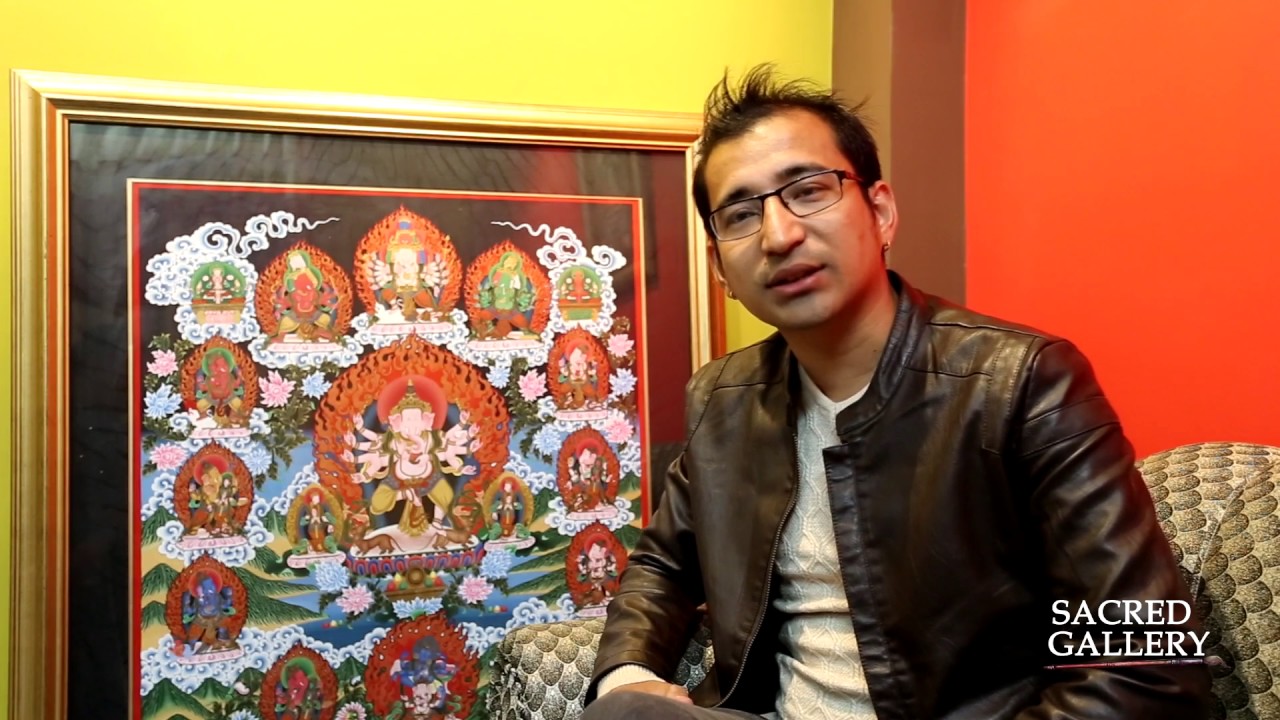Religion

Nepal was declared a secular country by the Parliament on 18th May 2006. Religions practiced in Nepal are: Hinduism, Buddhism, Islam, Christianity, Jainism, Sikhism, Bon, ancestor worship and animism. The majority of Nepalis are either Hindus or Buddhists and these two religions have co-existed in harmony through centuries.
Buddha is widely worshipped by both Buddhists and Hindus of Nepal. The five Dhyani Buddhas; Vairochana, Akshobhaya, Rathasambhava, Amitabha and Amoghasiddhi represent the five basic elements: earth, fire, water, air and ether. Buddhist philosophy conceives these deities to be the manifestations of Sunya or absolute void. Mahakaala and Bajrayogini are Buddhist deities of the Vajrayan sect worshipped by Hindus as well.
Nepali Hindus worship the ancient Vedic gods. Bramha the Creator, Vishnu the Preserver and Shiva the Destroyer as the Supreme Hindu Trinity. People pray to the Shiva Linga or the phallic symbol of Lord Shiva in most Shiva temples. Shakti, the dynamic element in the female counterpart of Shiva, is highly revered and feared and some of the names given to her are: Mahadevi, Mahakali, Bhagabati and Ishwari. Kumari, the Virgin Goddess, also represents Shakti. Other popular deities are Ganesh for luck, Saraswati for knowledge, Lakshmi for wealth and Hanuman for protection. Krishna, believed to be the human incarnation of Lord Vishnu is also worshipped widely. Hindu holy scriptures: Bhagawat Gita, Ramayan and Mahabharat are widely read in Nepal. Vedas, Upanishads and other holy scriptures are read by learned Brahmin Pundits during special occasions.
Customs
The diversity in Nepal in terms of ethnicity again makes room for various sets of customs. Most of these customs go back to the Hindu, Buddhist or other religious traditions. Among them, the rules of marriage are particularly interesting. Traditional marriages call for deals arranged by parents after the boy or girl come of age.
The slaughter of cows is illegal in Nepal. The cow is considered a Universal Mother, symbolizing motherhood, charity, and pity. To respect it is to put into practice the concept of Ahimsa, which in Sanskrit literally means “non-violence”, an important component of Hinduism, Buddhism and Jainism. Before entering a temple or a house, you will often be asked to take off your shoes, so as not to pollute the pure interiors with your stained soles. Some temples are forbidden to non-Hindus. The right hand, considered pure, is used to eat, pay, give and receive. If rural Nepal is mostly agrarian, some aspects of the urban life carry the glitz and glamour of the ultra-modern world.
Food

Food habits differ from region to region and much of Nepali food has been influenced by Indian and Tibetan styles of cooking. However the Newar people have their unique cuisine which is vast and nutritious. The Thakalis also have a distinct cuisine although the staples are the same daal and bhat which most Nepali people eat. The regular Nepali meal is daal (lentil soup), bhat (boiled rice) and tarkari (curried vegetables), often accompanied by achar (pickle). Curried meat is very popular, but for many it is saved for special occasions. Momos (steamed or fried dumplings) deserve a mention as one of the most popular snacks among Nepalis. Rotis (flat bread) and dhedo (boiled flour) are also the staple diet in some homes.

